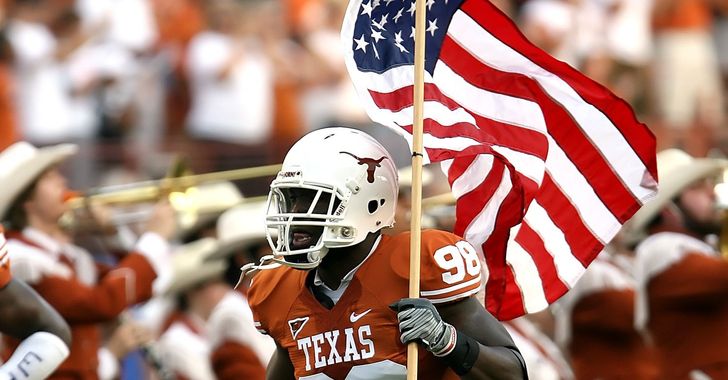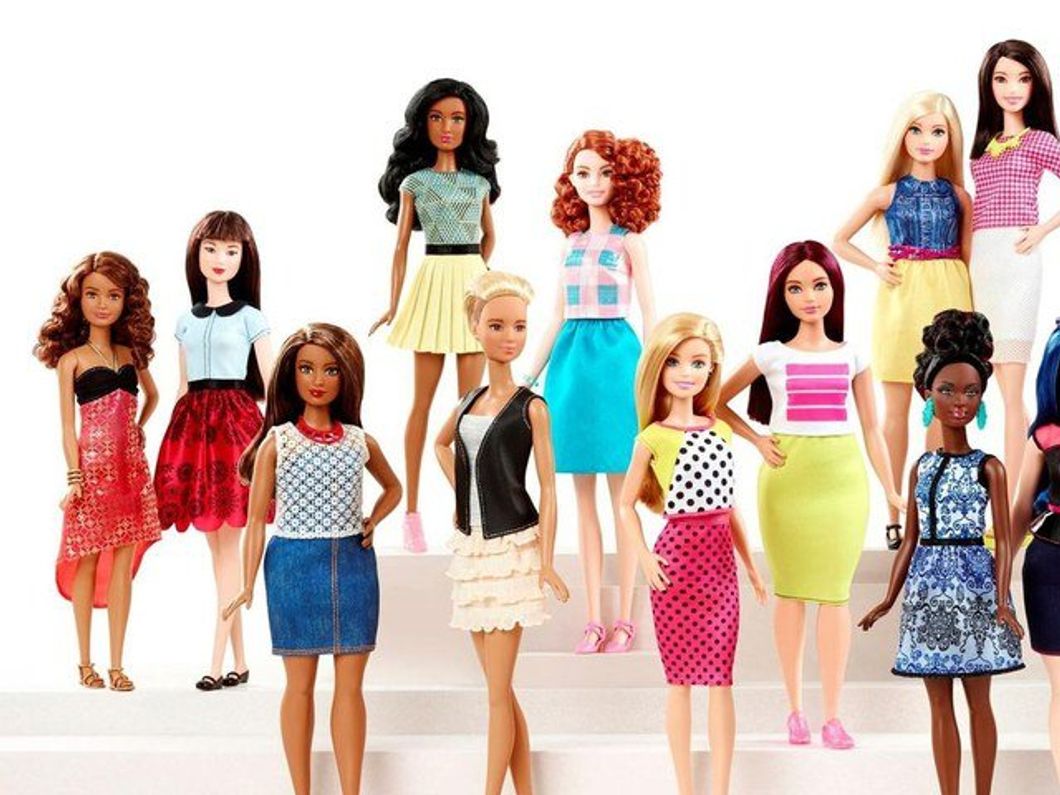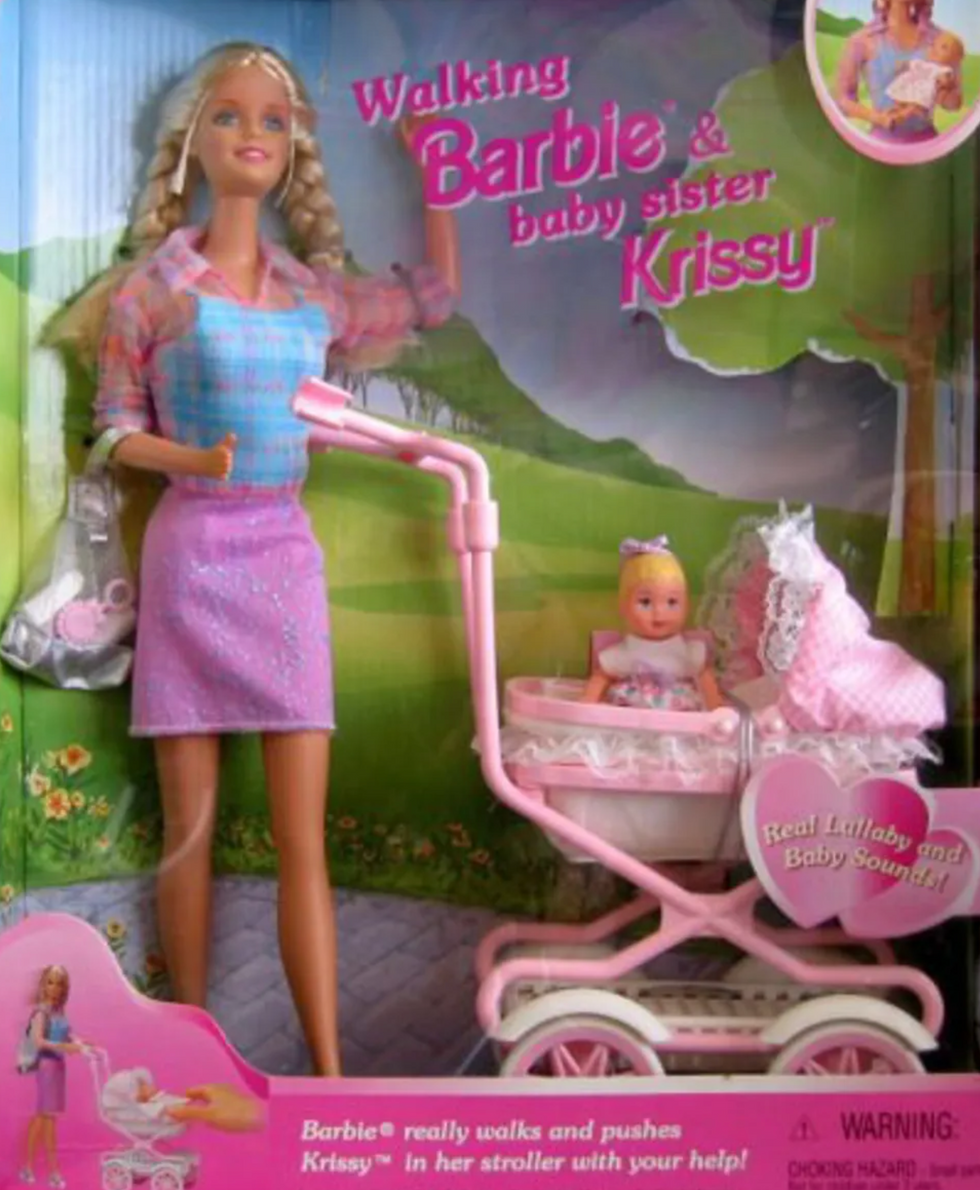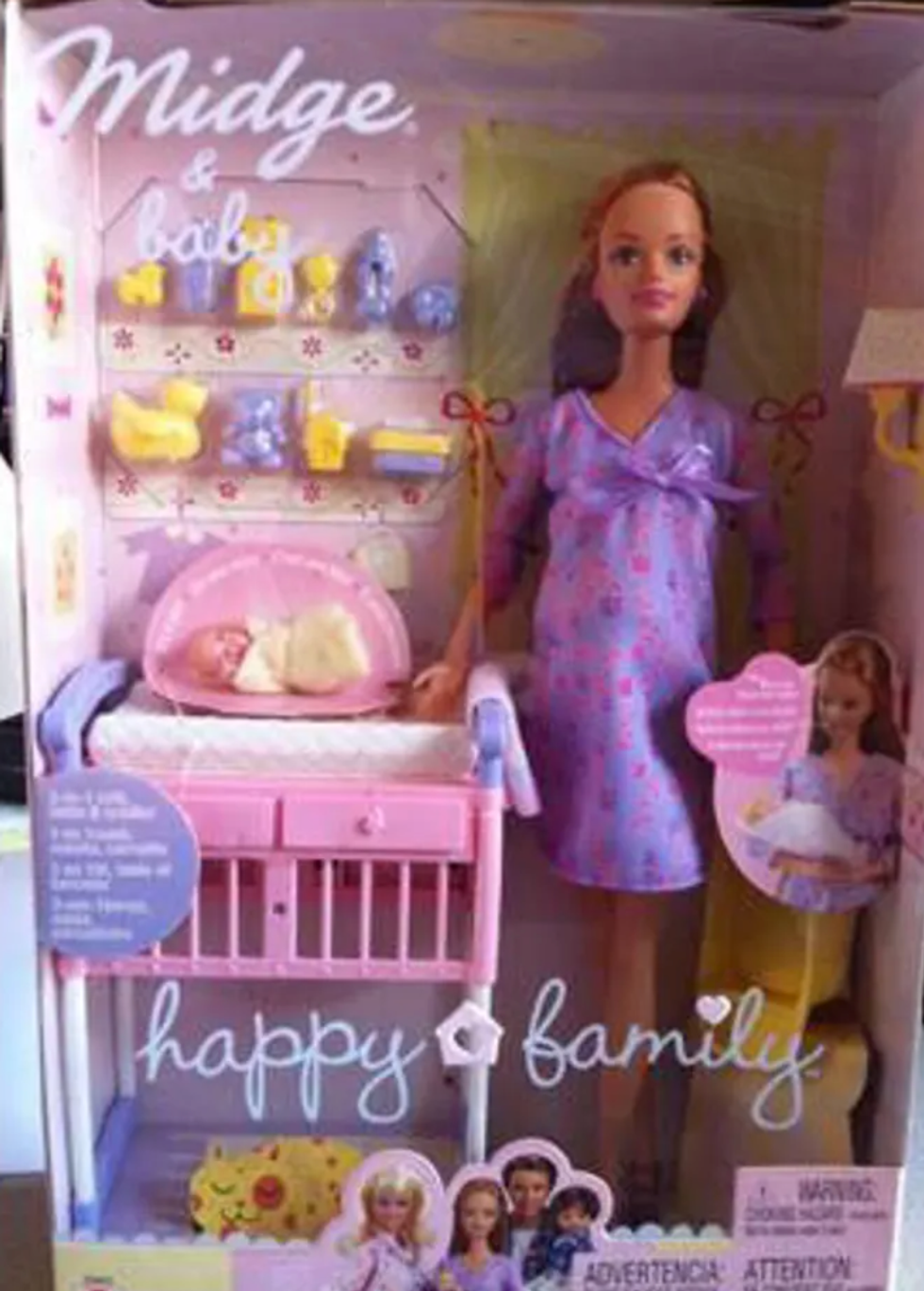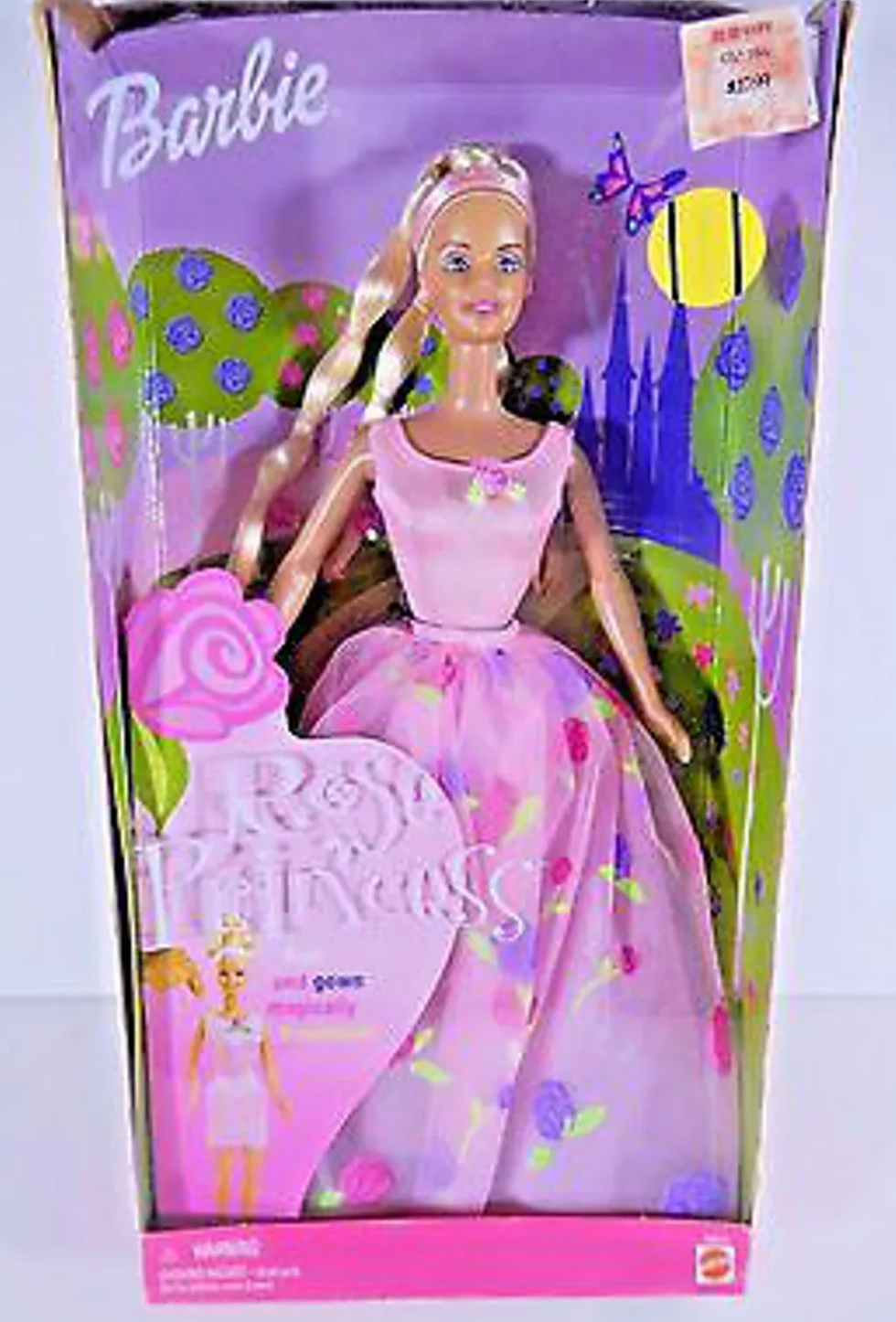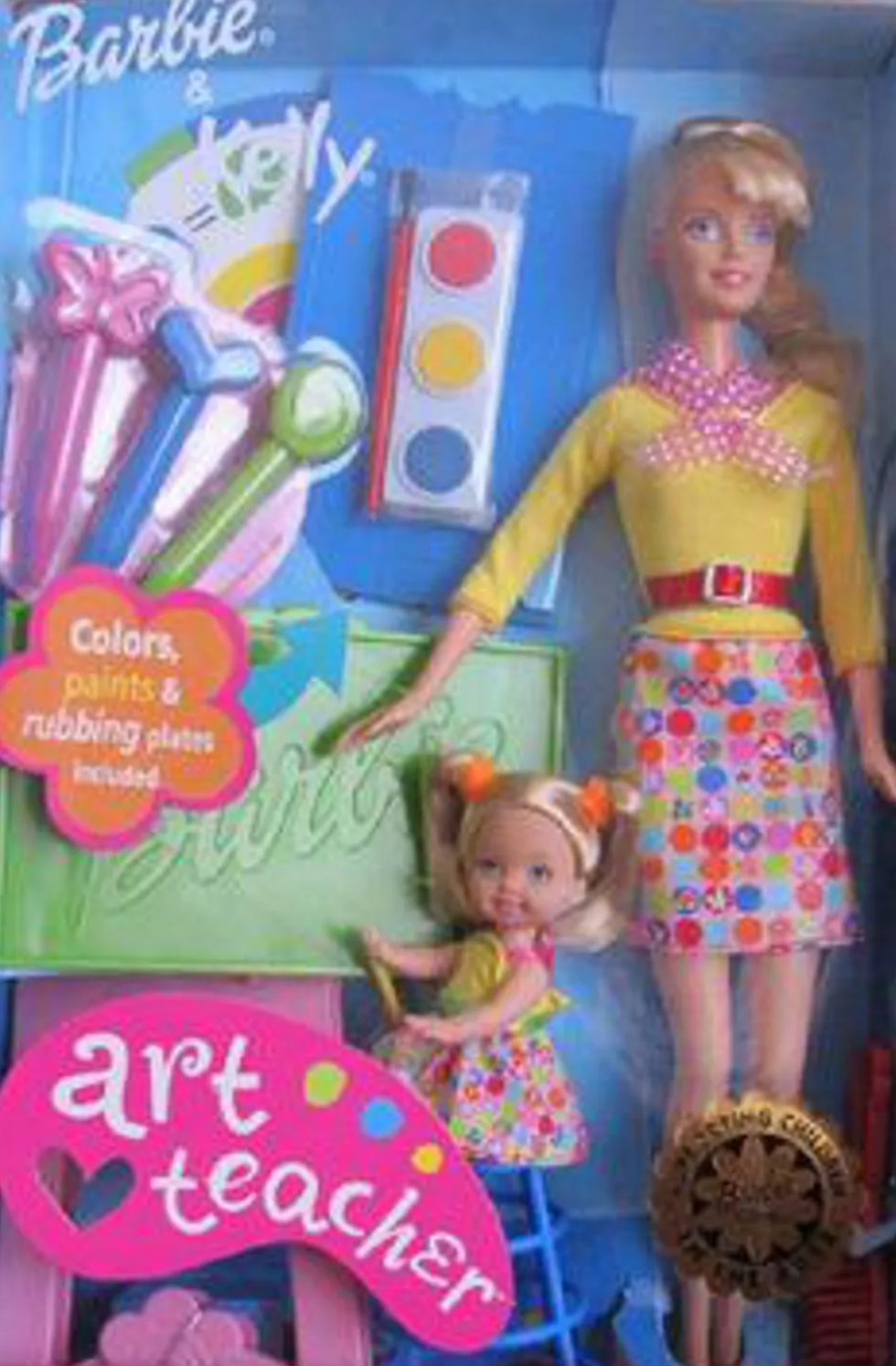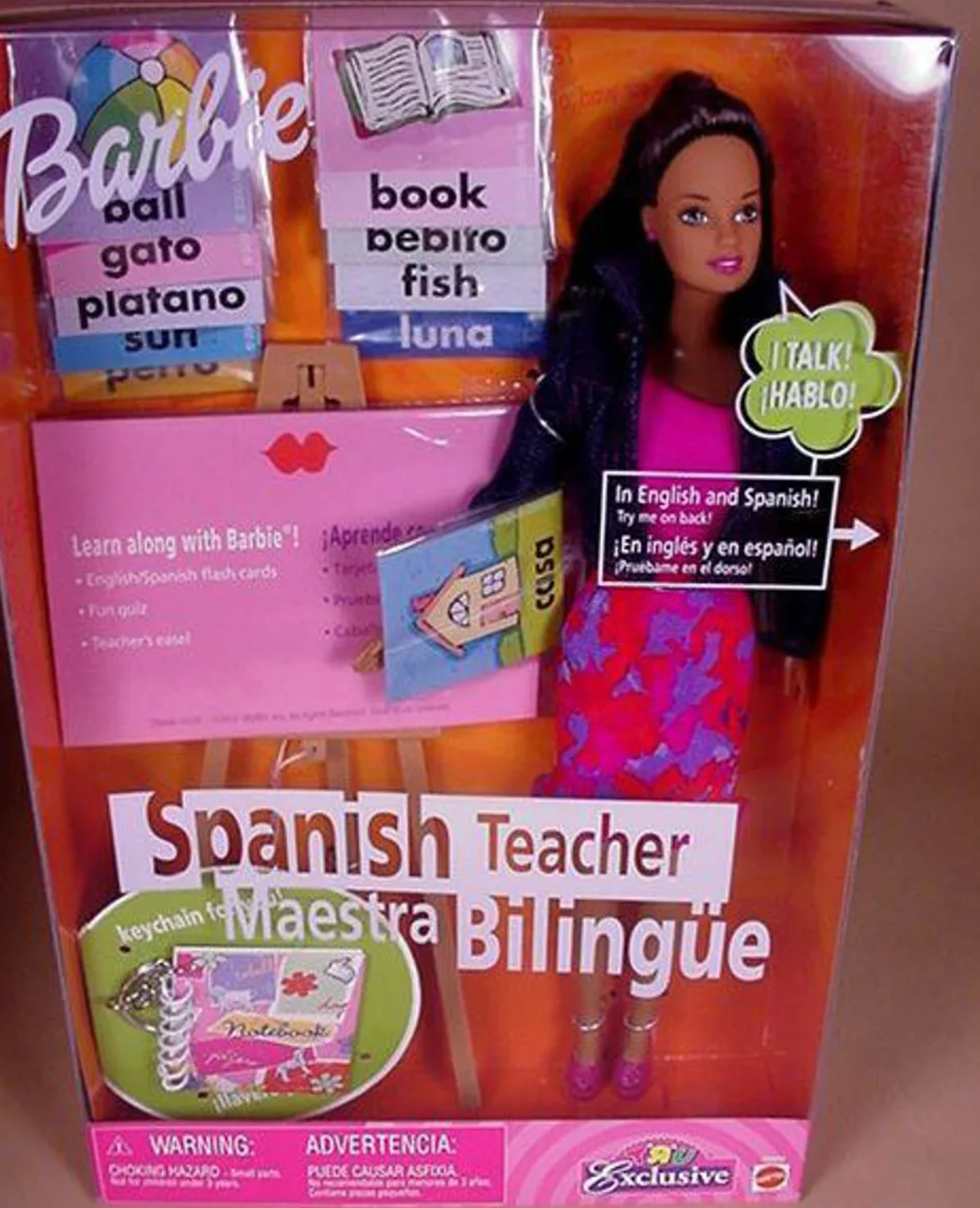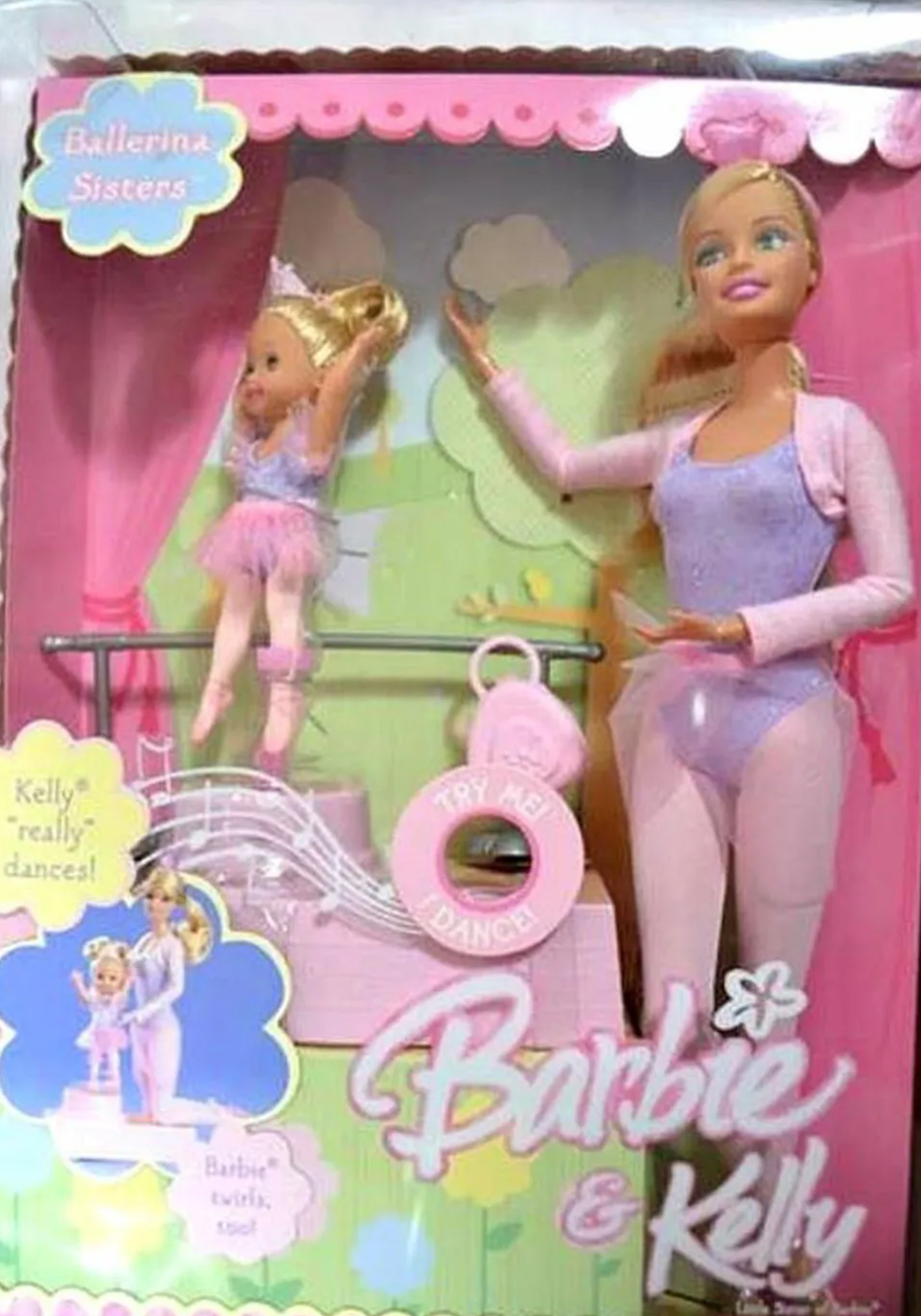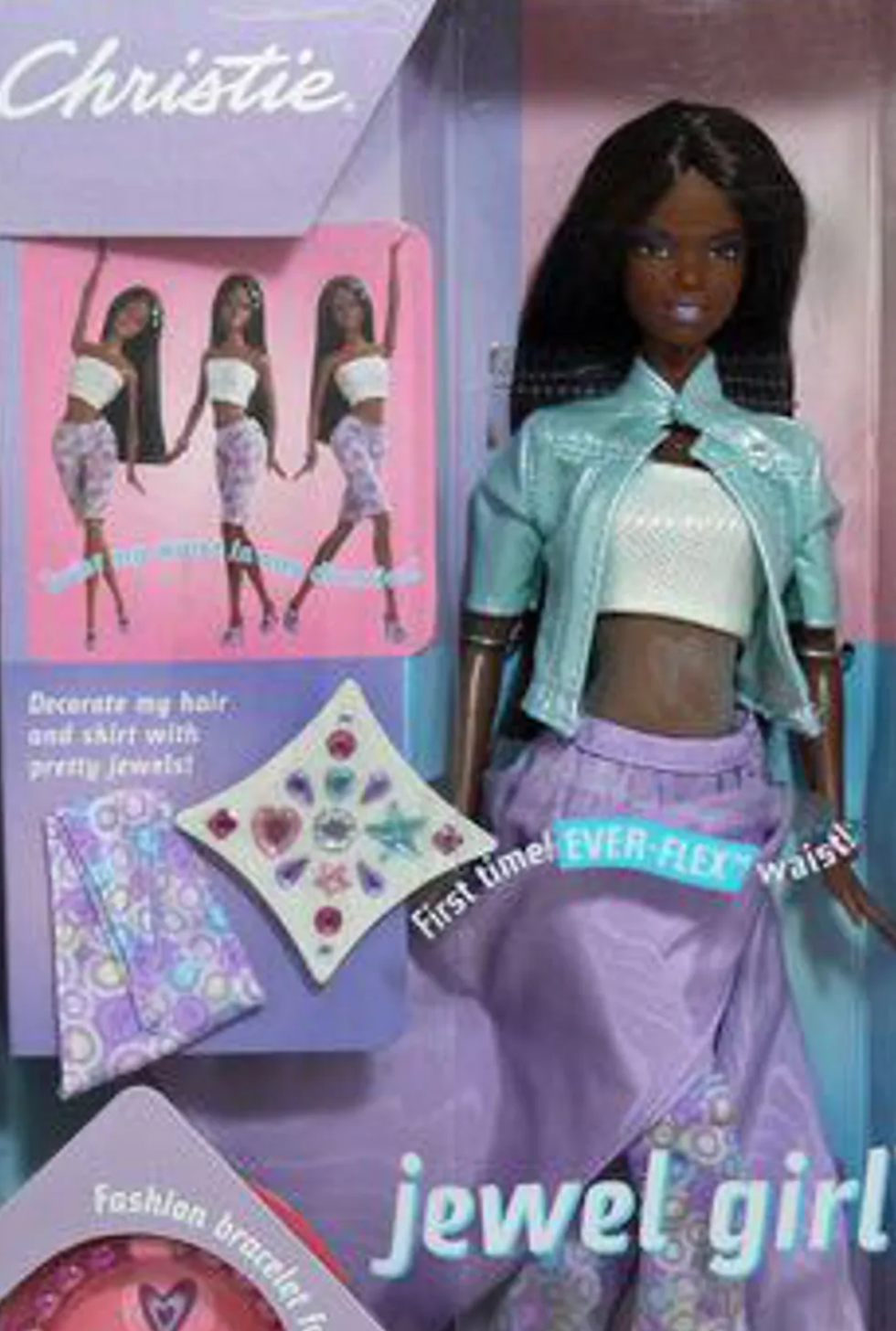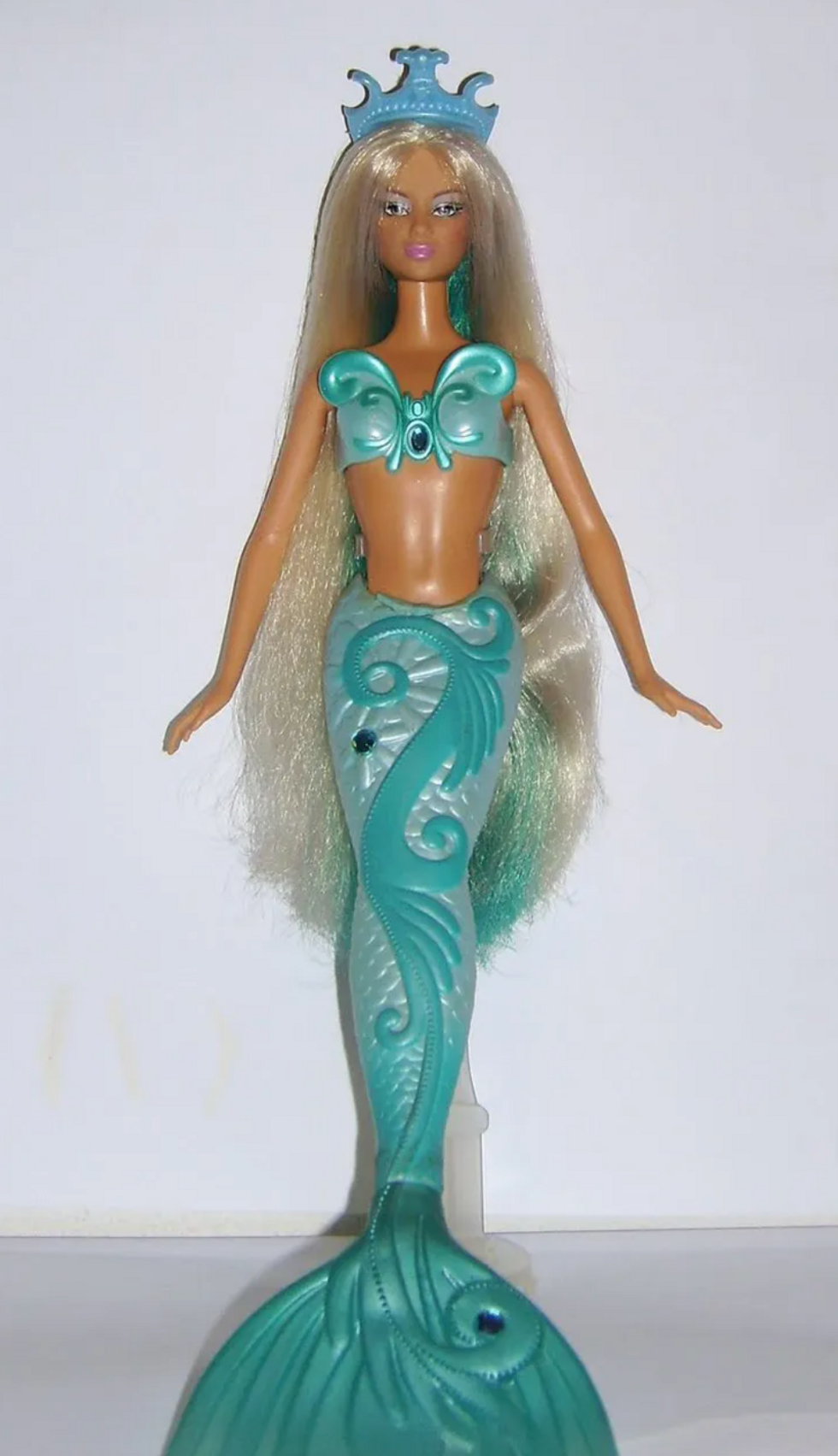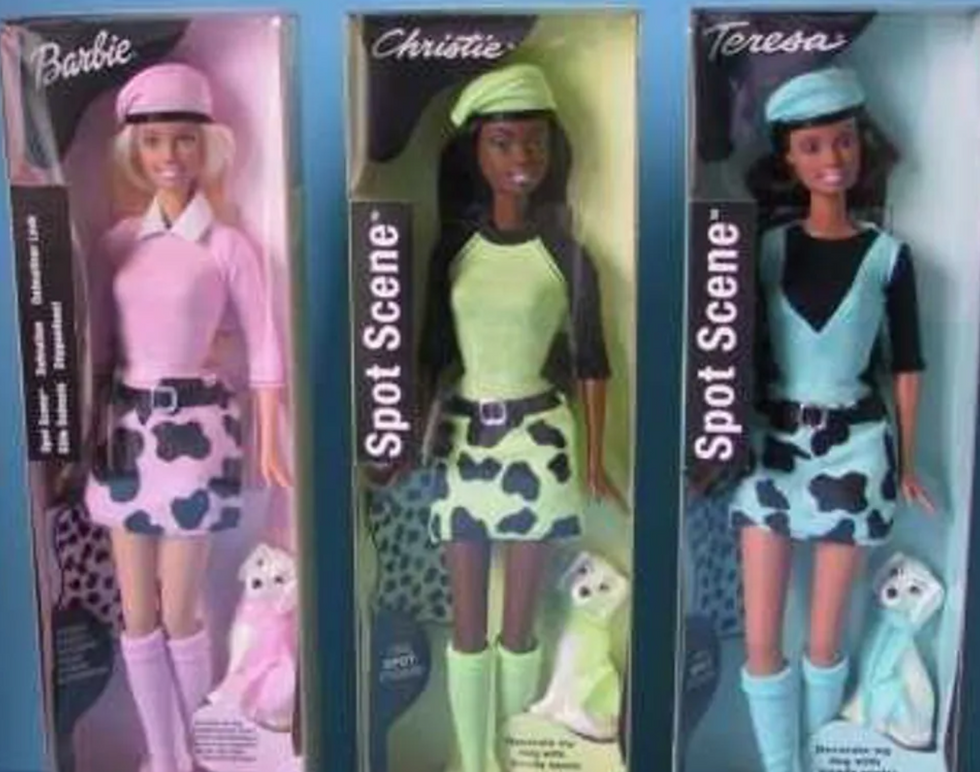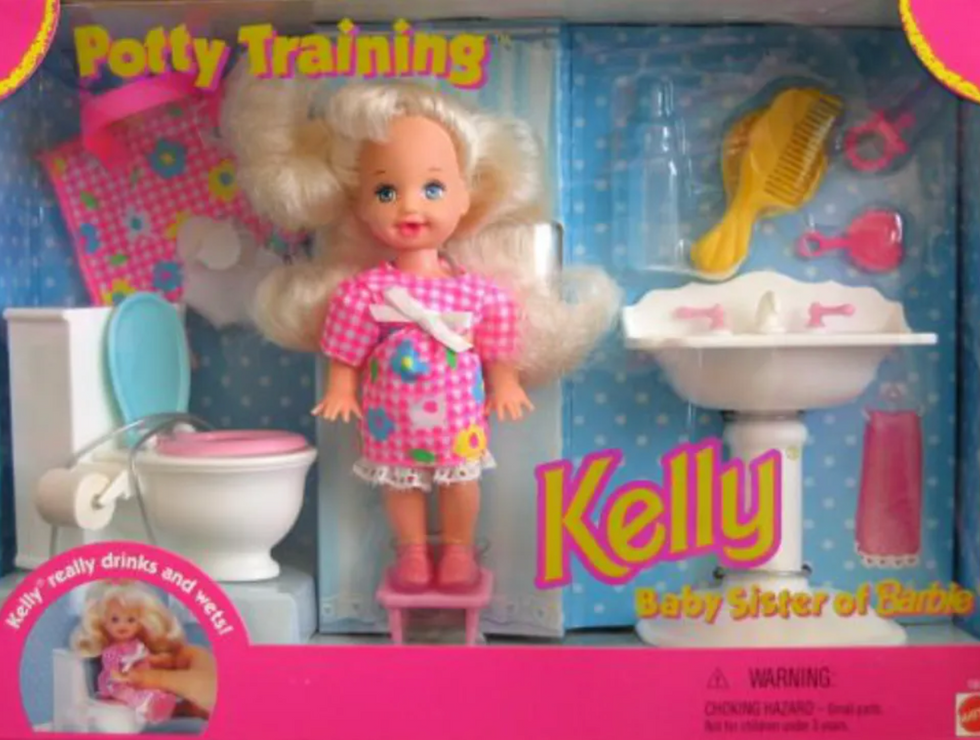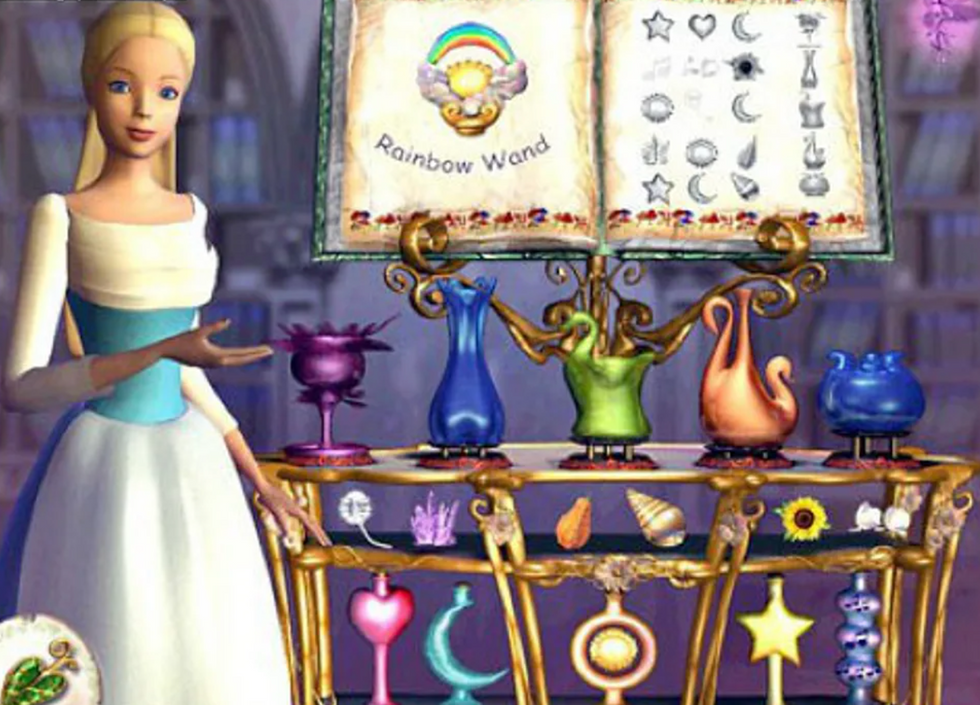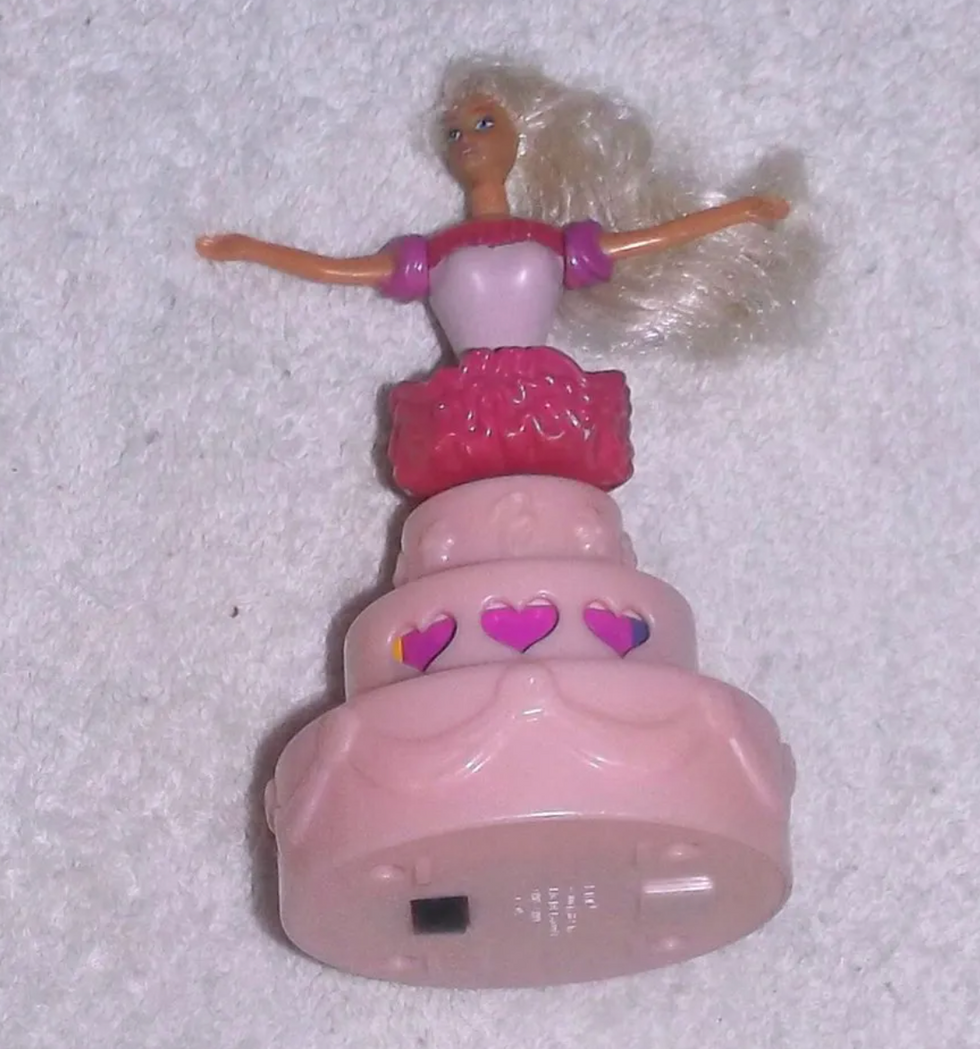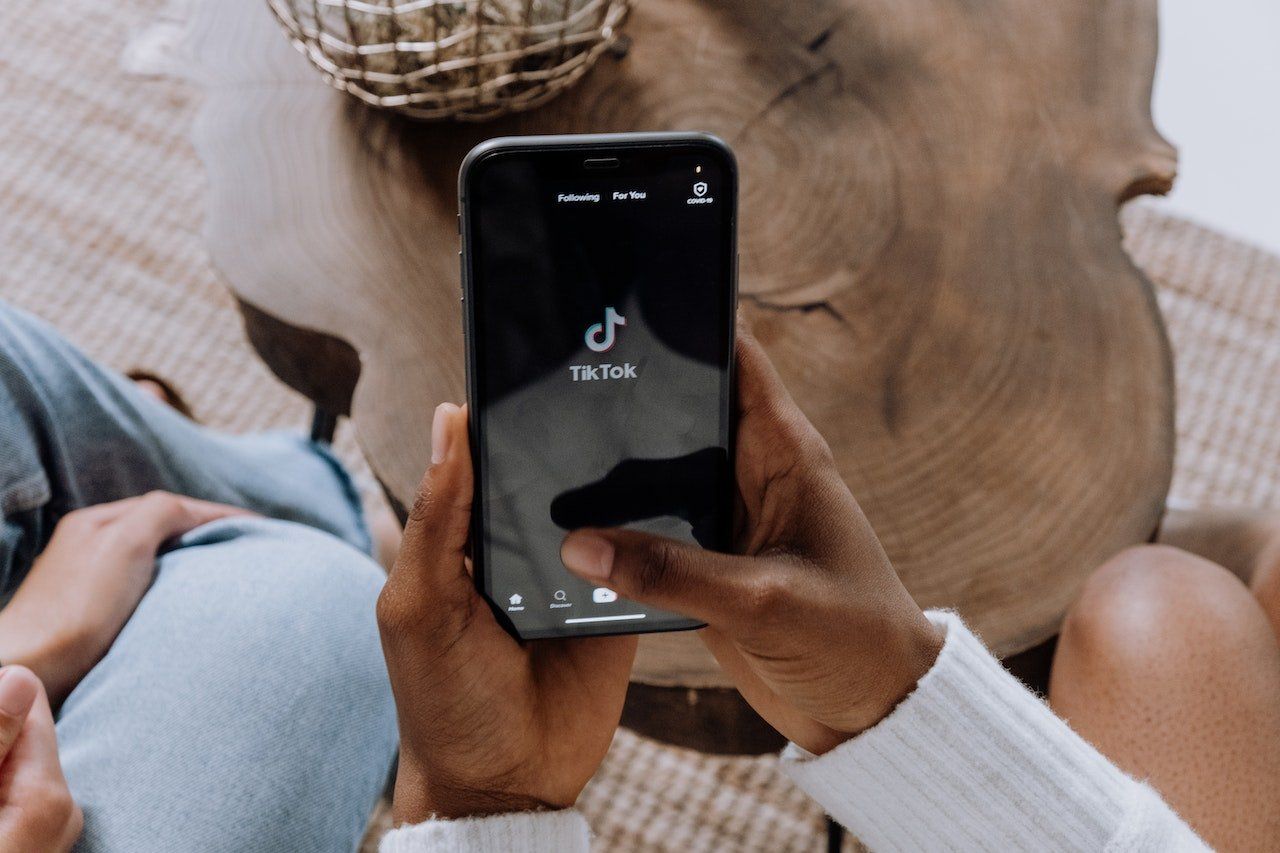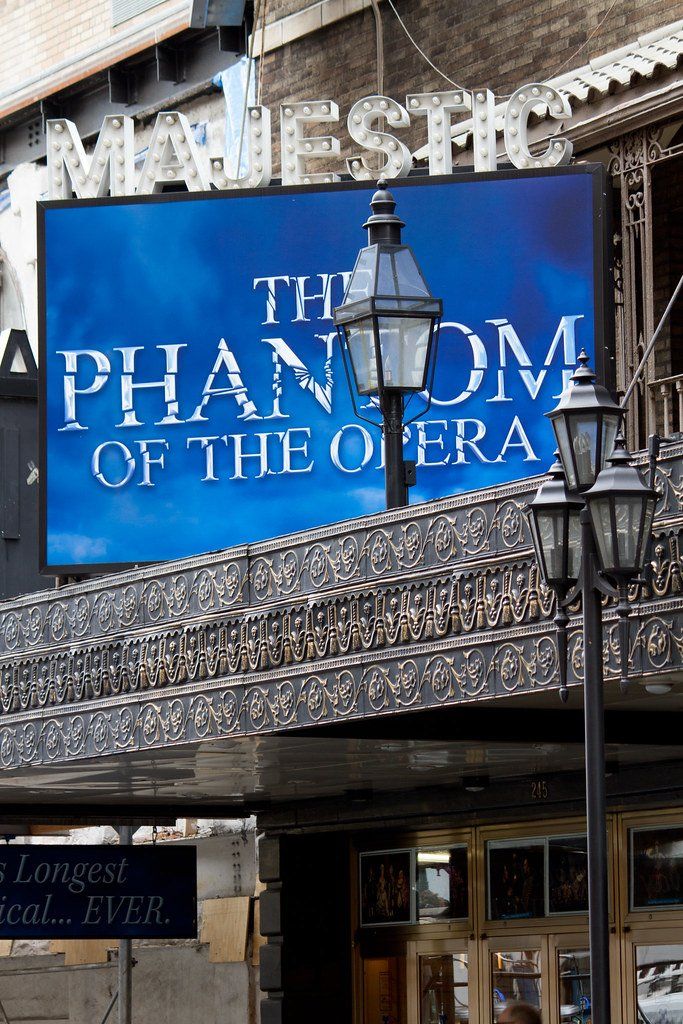This past year, a lawsuit filed against Harvard gained attention for its claims Harvard was discriminating against Asian American applicants in its admissions process. The lawsuit targeted affirmative action, with media coverage showing footage of Asian Americans holding up signs that read "fair admissions for all" or "discrimination in the name of diversity is wrong."
In October this year, the decision was made by Judge Allison D. Burroughs to rule against the plaintiff, Students For Fair Admissions. While this decision seemed to be a definite end to the issue, the lawsuit has only inspired other groups to take a similar route in opposing affirmation action: the Center For Equal Opportunity, a conservative organization, recently released a study claiming that some Virginia schools discriminate against Asian Americans.
The Harvard lawsuit is beginning to have a troubling influence in that some organizations are finding a way to target affirmative action by putting Asian Americans at the center of their argument. While it may seem like these groups are fighting for the rights of Asian Americans on the surface level, looking further into their motivations and the shaping of their arguments suggests otherwise.
Students For Fair Admissions used the example of a South Asian American supposedly being accepted into certain schools more easily by posing as African American. Similarly, the Center For Equal Opportunity's study specifically uses the acceptance rates of different racial groups, emphasizing when the acceptance rates of black and Hispanic students are higher than those of Asian American students.
These organizations frame these arguments with the premise of equality for Asian Americans. But is making these comparisons to other minority groups really the way to achieve this equality?
This use of Asian Americans to fight against affirmative action is beginning to look much like the use of Asian Americans as the "model minority." Historically, Asian Americans were used as this model minority in order to discredit the struggles of African Americans during the Civil Rights Movement. The comparison of Asian Americans to other minorities in these college admissions accusations is concerning in its similarity to previous uses of the model minority myth. Asian Americans have been described as more hardworking and more deserving than other minorities in accordance with the model minority myth.
Similarly, in these college admissions cases, these organizations specifically point out specific Asian American applicants' achievements, extracurriculars, and GPAs and test scores, not only portraying Asian Americans as exemplary students but also implying that they are superior to other minority students.
Looking at this portrayal of Asian Americans alongside the targeting of affirmative action, which is meant to help minorities and account for the fact that minorities have been historically disadvantaged in America, only makes the use of the model minority myth more evident.
The Center For Equal Opportunity even lumped Asian Americans and white Americans together in their study when the acceptance rates of black and Hispanic students surpassed those of Asian American and white applicants. This placement of Asian Americans creates a divide between Asian Americans and other minorities, which has the potential to contribute to a resurgence of the model minority myth. This divide will not help Asian Americans: the removal of Asian Americans from other people of color will only lead to the erasure of any difficulties Asian Americans face due to racism or discrimination, counter to the current strides Asian Americans have taken in increasing their own visibility and media representation.
Asian Americans have often fought against being seen as the model minority, making this usage of Asian Americans to fight affirmative action especially disappointing to see. The issue is being framed as a fight against the discrimination of Asian Americans, but what organizations like Students For Fair Admissions and the Center For Equal Opportunity are really doing is driving a wedge between Asian Americans and other minority groups.
It is important to pay close attention to the portrayal of both Asian Americans and other racial minorities by these organizations: do they really care about discrimination against Asian Americans, or are they using Asian Americans against other minorities?

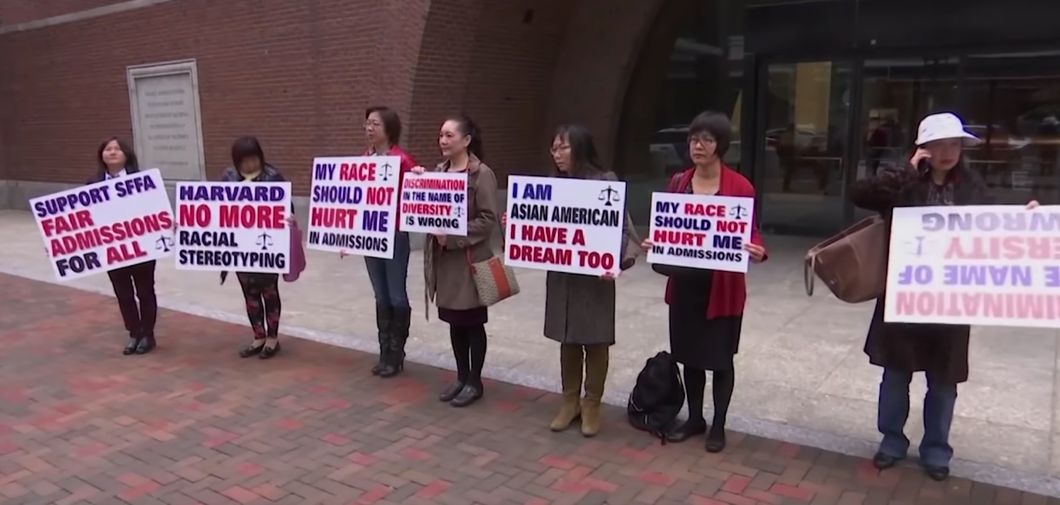


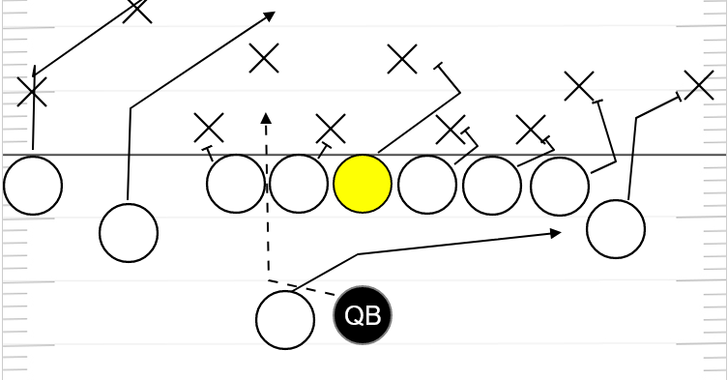
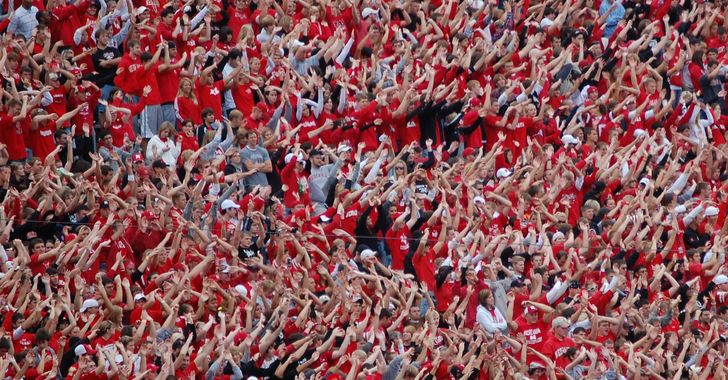
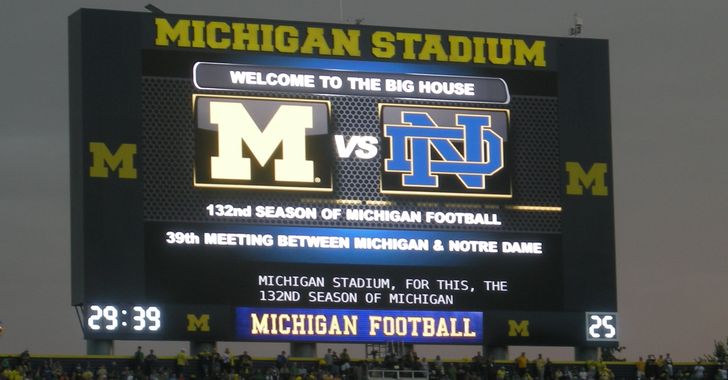
 Photo by
Photo by 